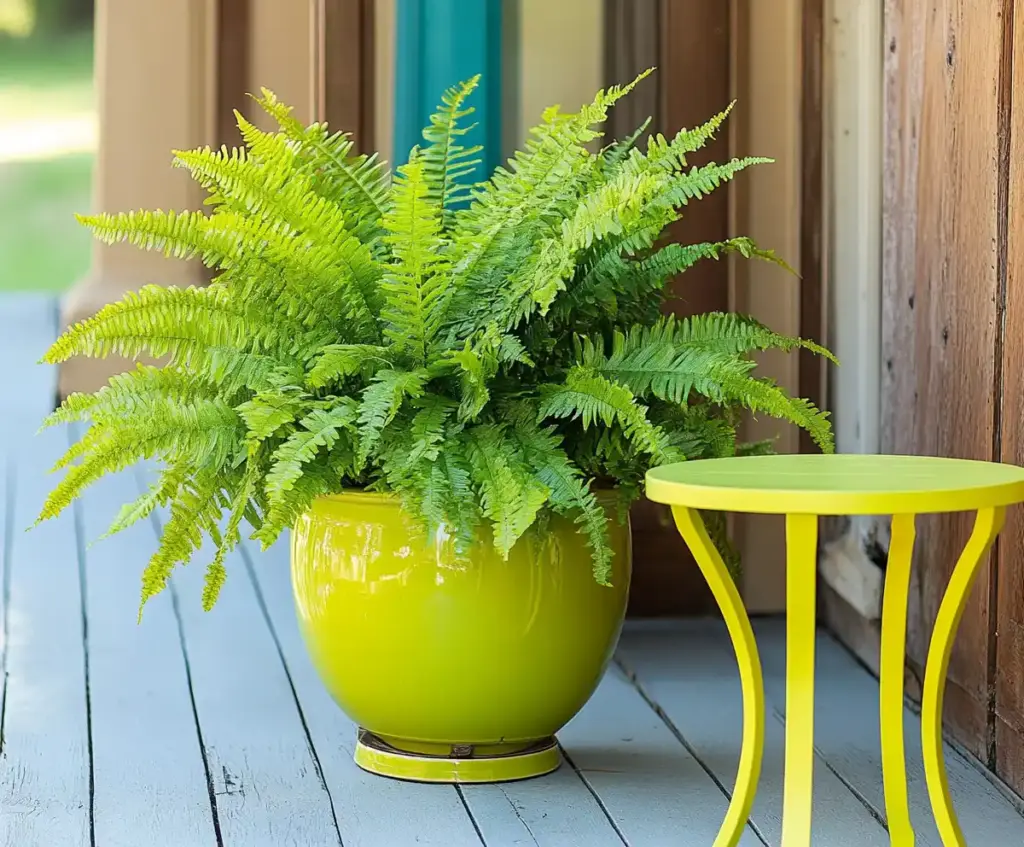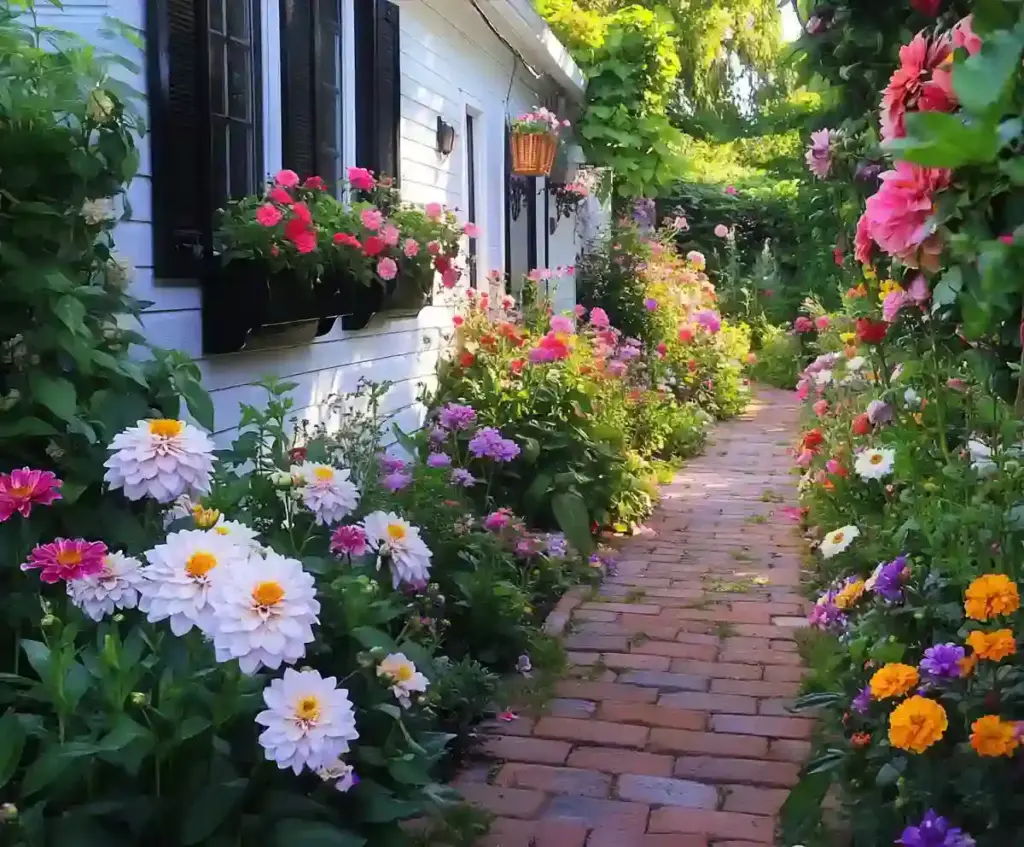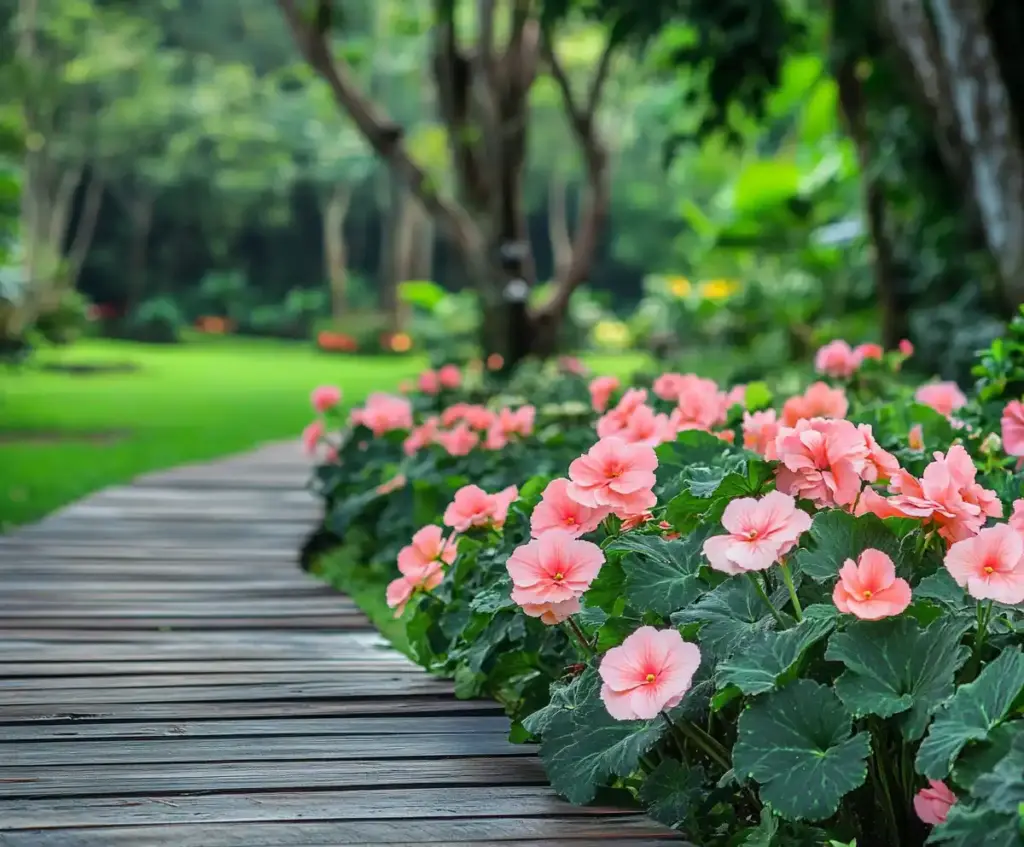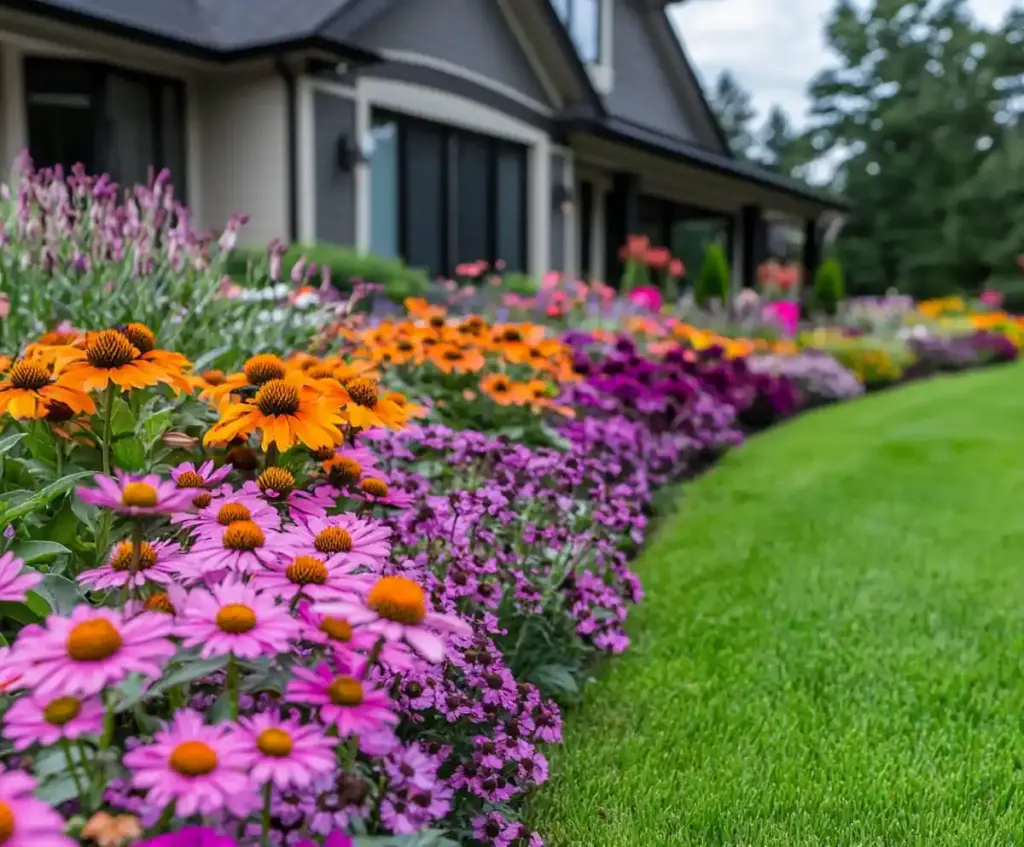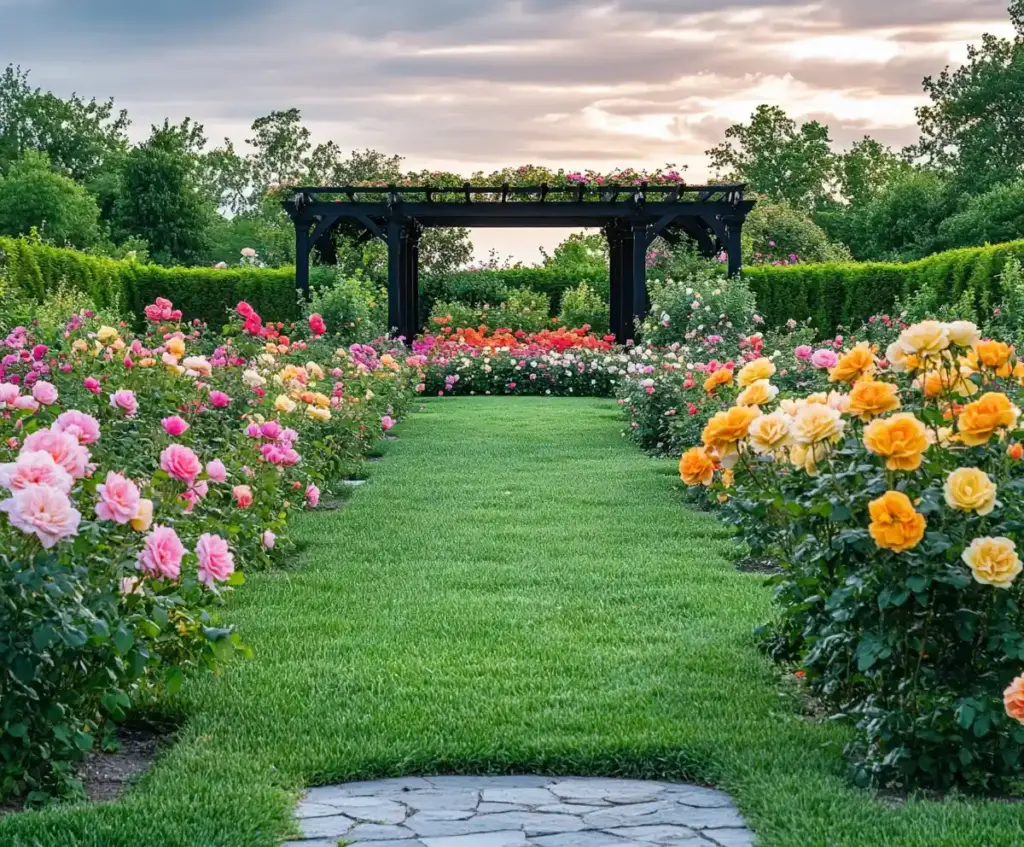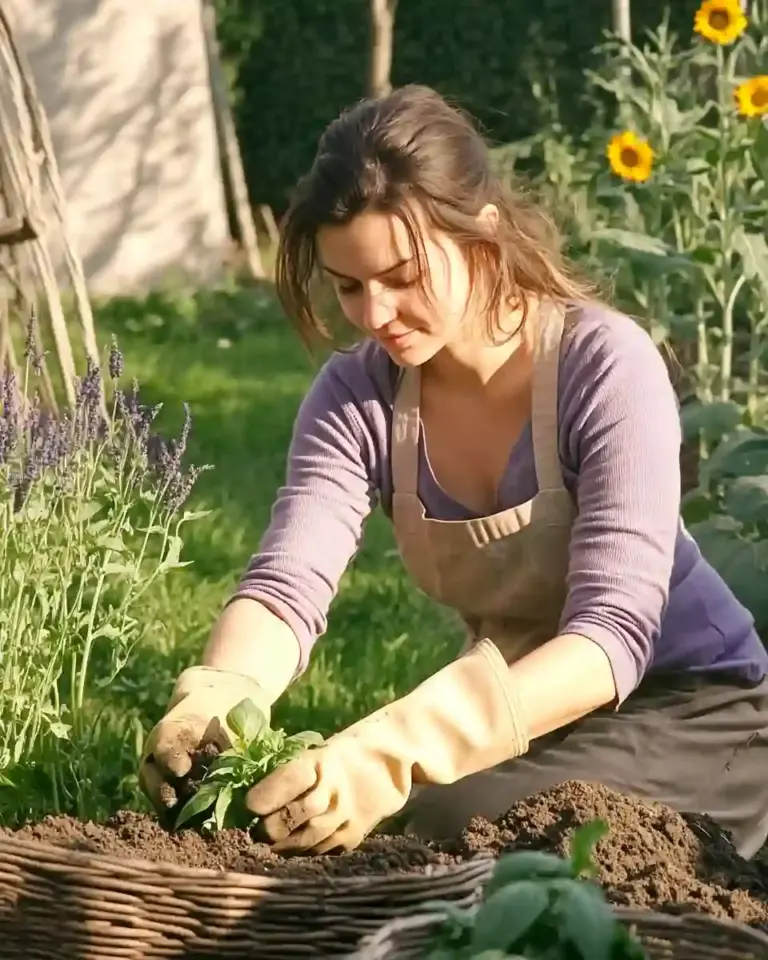Climbing roses are among the most enchanting additions to any garden, weaving their way along trellises, fences, and arbors with bursts of vibrant color. But without proper training, these beauties can become wild and leggy, producing far fewer flowers than you’d expect. The good news? With a little effort and the right guidance, you can transform your climbing rose into a stunning, flower-laden showstopper.
Let’s dive into two proven training methods—trellis training and self-pegging—that help climbing roses reach their full blooming potential.
🌿 Love gardening inspiration? Follow me on Pinterest for bold plant ideas, tips, and seasonal color!
Latest Posts

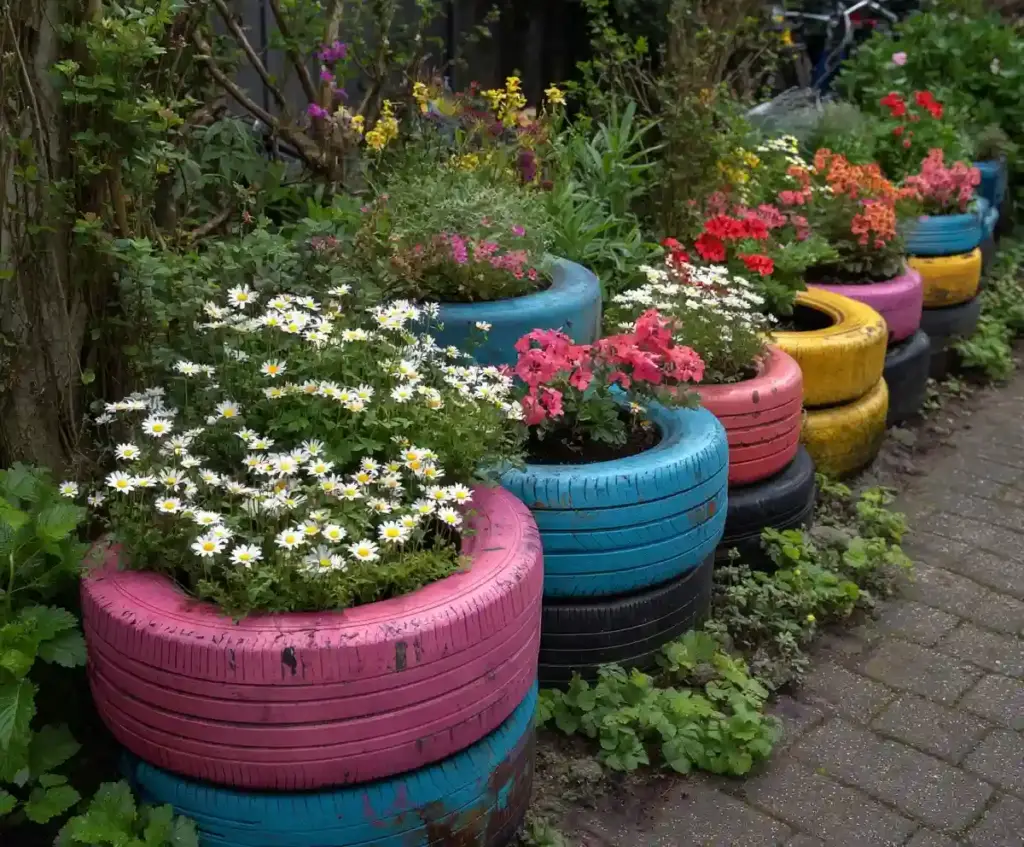
Table of Contents
Why Climbing Roses Need Training
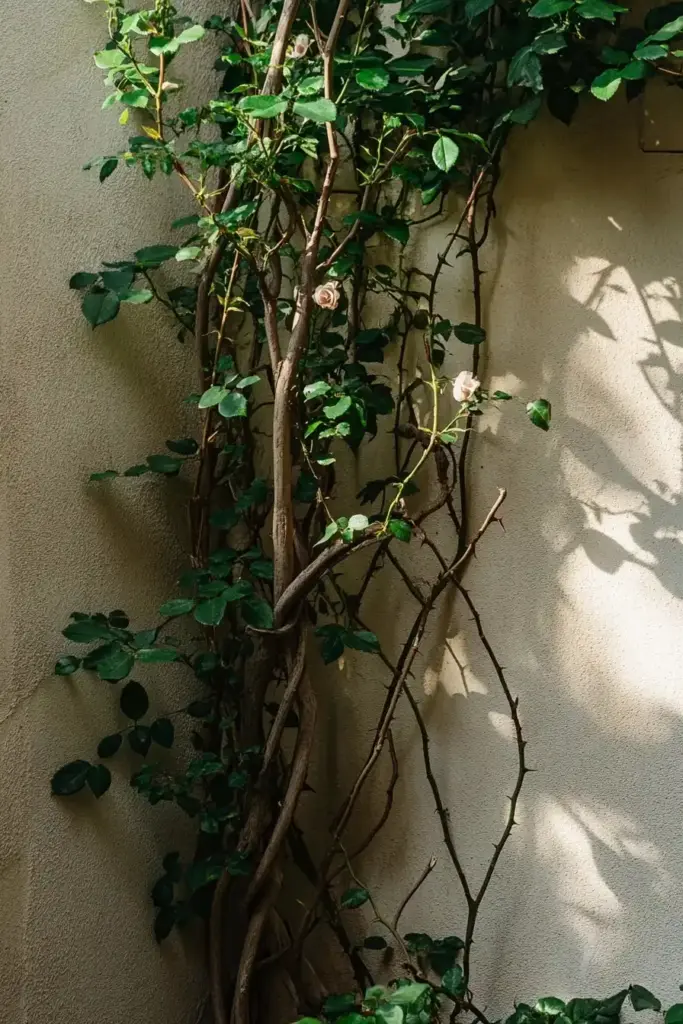
Unlike true climbers such as clematis or wisteria, climbing roses don’t have natural tendrils to cling to structures. Instead, they grow long, arching canes that can easily become unruly and sparse in blooms if left untrained. When allowed to grow upright, the plant channels its energy into length rather than flower production—resulting in fewer blooms and a messier shape.
That’s where smart training comes in. Guiding your rose’s canes horizontally or into loops redirects its growth hormones, encouraging it to produce more lateral shoots—and more flowers. Whether you’re working with a trellis or practicing self-pegging, trained roses look better, bloom better, and stay healthier year after year.
Training Climbing Roses on a Trellis
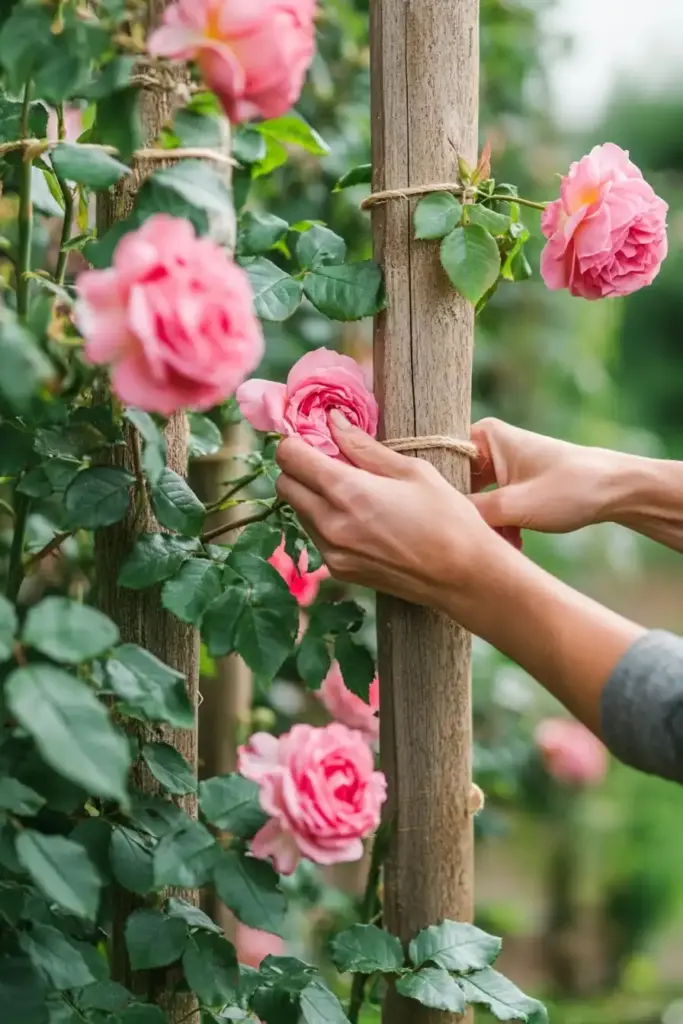
One of the most classic and beautiful ways to display climbing roses is on a trellis. Not only does it give your plant support and direction, but it also adds a vertical focal point to your garden. Trellis training encourages horizontal growth, which naturally stimulates more flowering along the canes.
Choose the Right Spot and Trellis
Before you start, pick the perfect place for your rose:
- Sunlight: At least 6 hours of full sun per day
- Drainage: Well-drained soil to prevent root rot
- Airflow: Leave about 3 inches of space between the trellis and any walls or fences to improve air circulation
Choose a sturdy trellis made of wood, metal, or vinyl—something that can handle the weight of mature canes and a heavy bloom load.
Secure Canes as They Grow
Once your rose begins to grow, gently guide the canes:
- Use stretchy garden tape or soft ties to avoid damaging stems
- Begin tying the canes loosely to the trellis as they reach a few feet in length
- Aim to tie the canes horizontally or diagonally, which promotes more side shoots (and more blooms!)
💡 Pro Tip: Avoid pruning too early. Let the rose grow freely until it fills most of the trellis before cutting back.
Train and Space the Canes
To maximize coverage and flower production:
- Fan out the canes so they don’t overlap too much
- Bend gently to cover more surface area on the trellis
- Space ties every 12–18 inches for secure but flexible support
Keep Up with Pruning
Annual pruning keeps your climbing rose vigorous and blooming:
- Remove older canes (about every 3 years) to allow younger ones to take over
- Thin overcrowded growth to improve light and air flow
- Cut back weak or spindly canes so energy goes to stronger stems
Deadhead and Spring Prune for Bonus Blooms
- Regularly deadhead faded flowers to stimulate new blooms
- In early spring (while the plant is dormant), do a deep prune to shape and rejuvenate the rose
Self-Pegging Climbing Roses: A Smart Bloom-Boosting Technique
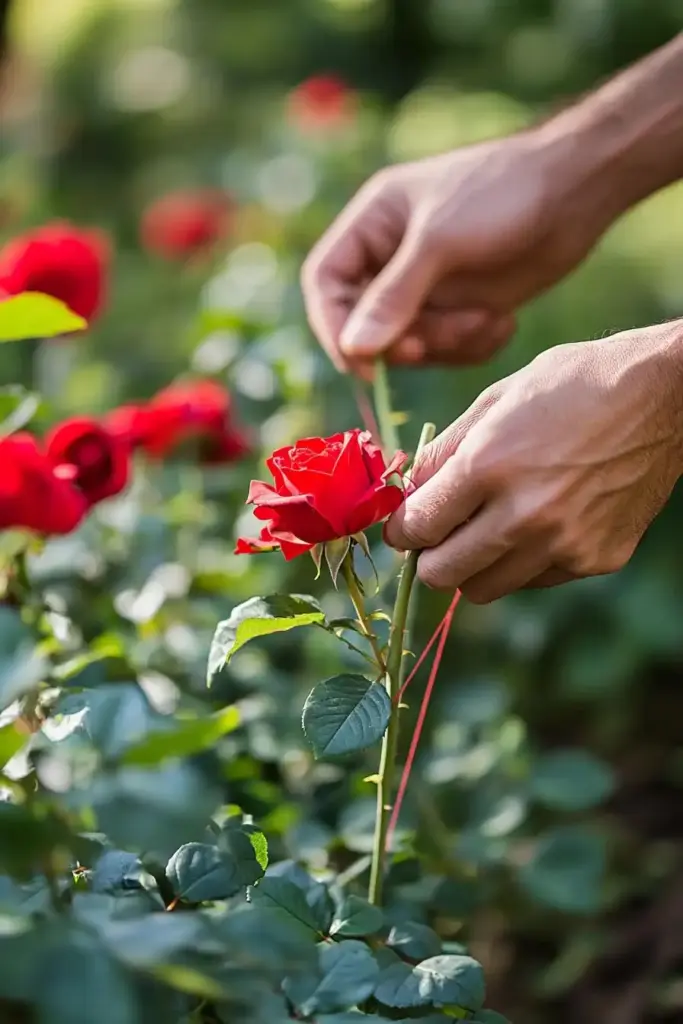
Climbing roses naturally send out long canes, but each cane often produces just one bloom at its tip. That’s because of a plant hormone called apical dominance, which tells the plant to focus on vertical growth rather than flowering. Self-pegging cleverly disrupts that process.
By bending the canes into loops and securing them near the base, you signal the plant to produce more side shoots and flower clusters along the length of each cane—sometimes up to 30 blooms on a single branch!
Step 1: Prune Before You Peg
Start by preparing your rose:
- Remove dead, weak, or spindly canes
- Snip off any remaining leaves or faded flowers
- Identify the strongest 4 to 6 canes—these are the ones you’ll peg
🛠️ Tools tip: Use sharp pruners, thick gardening gloves, and soft plant ties or plastic tape.
Step 2: Bend and Loop the Canes
Now the fun part—training your canes without a trellis:
- Gently bend each long cane into a soft loop so that the tip touches or nearly touches the base of the plant
- Secure the tip 2 to 3 inches from the cane’s base using your garden ties
- Be careful not to crack the canes; only self-peg flexible stems that are 8 to 10 feet long
🌸 Bonus: This technique not only boosts blooms but also keeps your rose from taking over paths or nearby plants.
Step 3: Tuck in the Smaller Canes
Once the main canes are pegged, deal with mid-sized ones:
- Prune or tuck smaller canes inside the “cage” made by your pegged loops
- Keep things tidy so the plant doesn’t become tangled or congested
Step 4: Refresh Annually
Every year, revisit your rose and repeat the process:
- Replace one or two older canes with new strong ones
- Re-peg any fresh canes that have grown long enough
- Maintain the shape and remove any dead or damaged growth
🔁 Self-pegging works best when done during your regular pruning season (early spring or late winter), depending on your growing zone.
Best Climbing Rose Varieties to Grow and Train
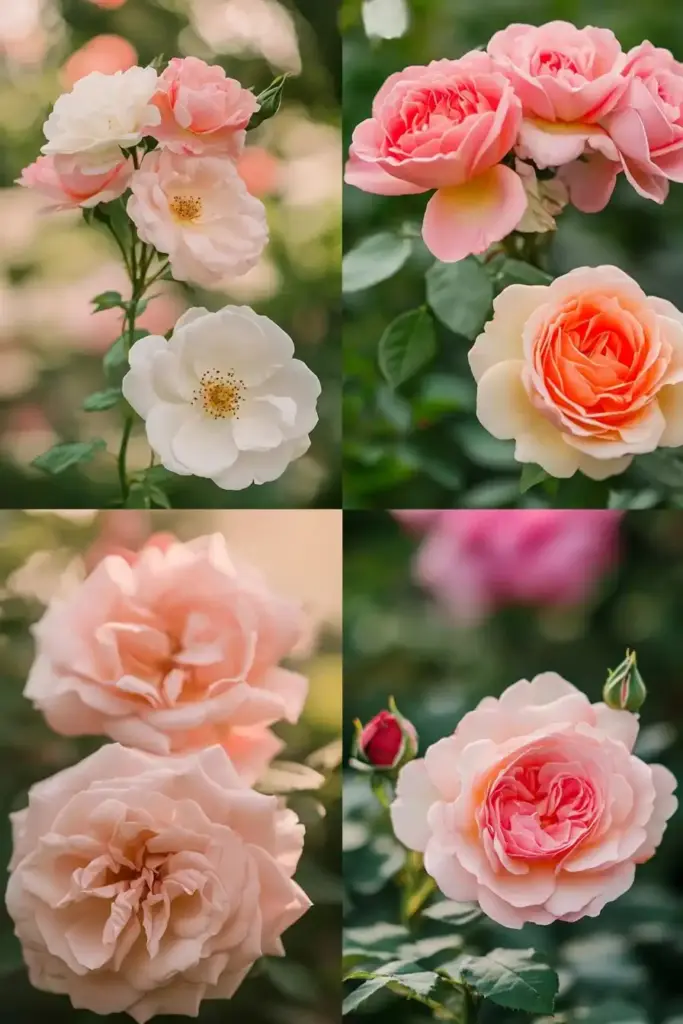
Whether you’re aiming for classic charm, bold colors, or fragrant blooms, there’s a climbing rose for every garden. Here are five standout varieties that thrive when properly trained.
🌹 ‘Fourth of July’ (Rosa ‘Fourth of July’)
- Color: Striking red and white striped petals, reminiscent of a candy cane
- Fragrance: Spicy and bold
- Bloom Habit: Repeats throughout the season
- Hardiness: USDA Zones 5–10
- Training Tip: Perfect for trellises or arbors due to its upright, vigorous growth
This All-America Rose Selection winner adds a patriotic pop to your garden and is known for its excellent disease resistance.
🌸 ‘Eden’ (Rosa ‘Eden’)
- Color: Soft pink to creamy yellow with old-fashioned, cupped blooms
- Fragrance: Mildly fruity
- Bloom Habit: Repeat bloomer
- Hardiness: USDA Zones 5–11
- Training Tip: Ideal for self-pegging thanks to its long, arching canes
Often called a “romantic rose,” Eden adds an antique flair to garden walls and pergolas.
🌺 ‘American Beauty’ (Rosa ‘American Beauty’)
- Color: Deep pink with a classic, full shape
- Fragrance: Strong and sweet
- Bloom Habit: Intermittent bloomers
- Hardiness: USDA Zones 5–9
- Training Tip: Tolerates light shade—great for partial-sun trellises
Known for its historic charm, this variety’s rich scent and elegant blooms make it a timeless favorite.
❄️ ‘Iceberg’ (Rosa ‘Iceberg’)
- Color: Pure white with a hint of blush in cool weather
- Fragrance: Light, slightly honeyed
- Bloom Habit: Constant bloomer
- Hardiness: USDA Zones 4–9
- Training Tip: Best on wide trellises or fences due to its bushy, vigorous growth
This floribunda-style climber offers non-stop flowers and is relatively low maintenance.
💗 ‘Cecile Brunner’ (Rosa ‘Cecile Brunner’)
- Color: Blush pink with petite blooms in clusters
- Fragrance: Sweet and delicate
- Bloom Habit: Usually once in late spring or early summer
- Hardiness: USDA Zones 6–10
- Training Tip: Great for arches and pergolas; responds well to self-pegging
Nicknamed the “Sweetheart Rose,” this variety creates a fairytale feel when trained over garden structures.
Conclusion: Train Your Climbing Roses for Maximum Beauty
Training your climbing roses isn’t just about control—it’s the key to unlocking their full blooming potential. Whether you choose to guide them along a trellis or use the clever self-pegging method, both techniques help direct your rose’s energy toward fuller, more frequent flowers.
Start by choosing the right variety for your space, give your roses plenty of sun, and be patient—training is a long game, but the reward is worth it. With consistent care and a little creativity, your climbing roses will become the centerpiece of your garden in no time.
More Posts
